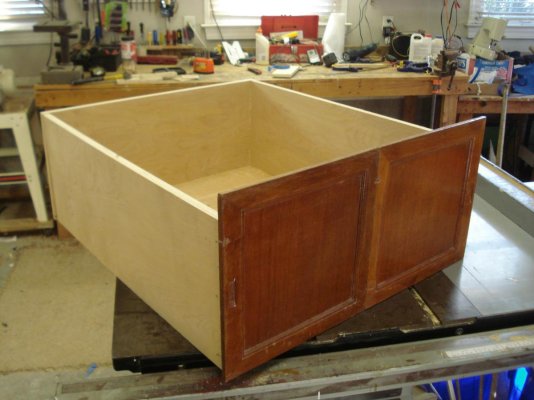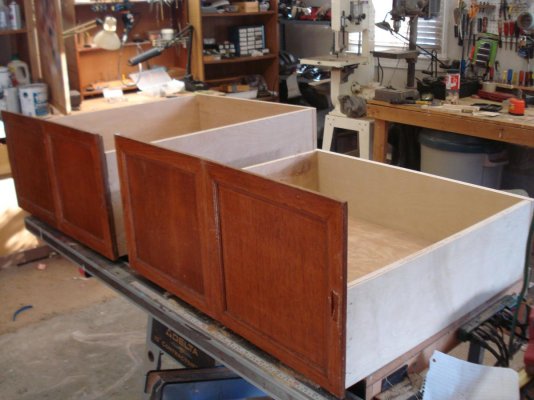4. Laminated briefing cards for new passengers keeps them busy reading while leaving the dock. One side has vessel facts and history. The other side has safety items like PFD and fire extinguisher locations, head instructions and precautions to keep a hand hold while underway. By the time they're done reading, we're safely away from the dock.
.
Your entire list was good but this is one we do like you. We're really very informal people but when it comes to safety we get formal. We actually give those boating with us the first time a tour of the boat and a laminated sheet, front and back. I think the one that is the hardest for them is not to move around while we're docking and not to help in any way unless asked to. However, people moving suddenly can block your view, move just into your line of sight and helping can get them injured. I don't think sometimes they appreciate the weight of a boat. Because it's on water, they seem to think it's light, I can just stick my hand out and push it away from that dock or grab something and pull it in or I'll jump onto the dock to help. I understand the urge to help. We get on our best friend's 52' Riva. We trained her and our boat was the first small boat she was ever on (yes she's been on cruise ships and 300' yachts). Ours was the first she ever took the helm. But when we're on her boat, we don't start to help until instructed. If she says, "would you get that line please," we do it. Otherwise we watch. It's tough sometimes to follow your own rules on someone else's boat, but she knows we're there and we're willing. However, she and her best friend or her mother handle it by themselves all the time.
We make it clear that safety overrules anything else on the boat. If the "Captain" says to put life jackets on, you put them on.
And many have never used a marine head. I hadn't until we moved here and bought a boat. Didn't have them on the lake.
I should have had a card on the lake, but didn't know about doing such. Worst situation I ever had was a friend of a friend of a friend ended up with me one day. There were four of us in total. The boat had a sunpad at the stern and I didn't allow anyone to be on it when we were underway. I told her once, then turned and before I could do anything she was back up there. I told her if she did it again, I was going to put her out and she could walk back and I was going to put her out wherever we were at the moment, even if in the middle of the lake. She pouted but stayed off the sunpad. I knew nothing about being a captain or anything at that time but I knew it was my boat and I was responsible for the well being of the passengers.








